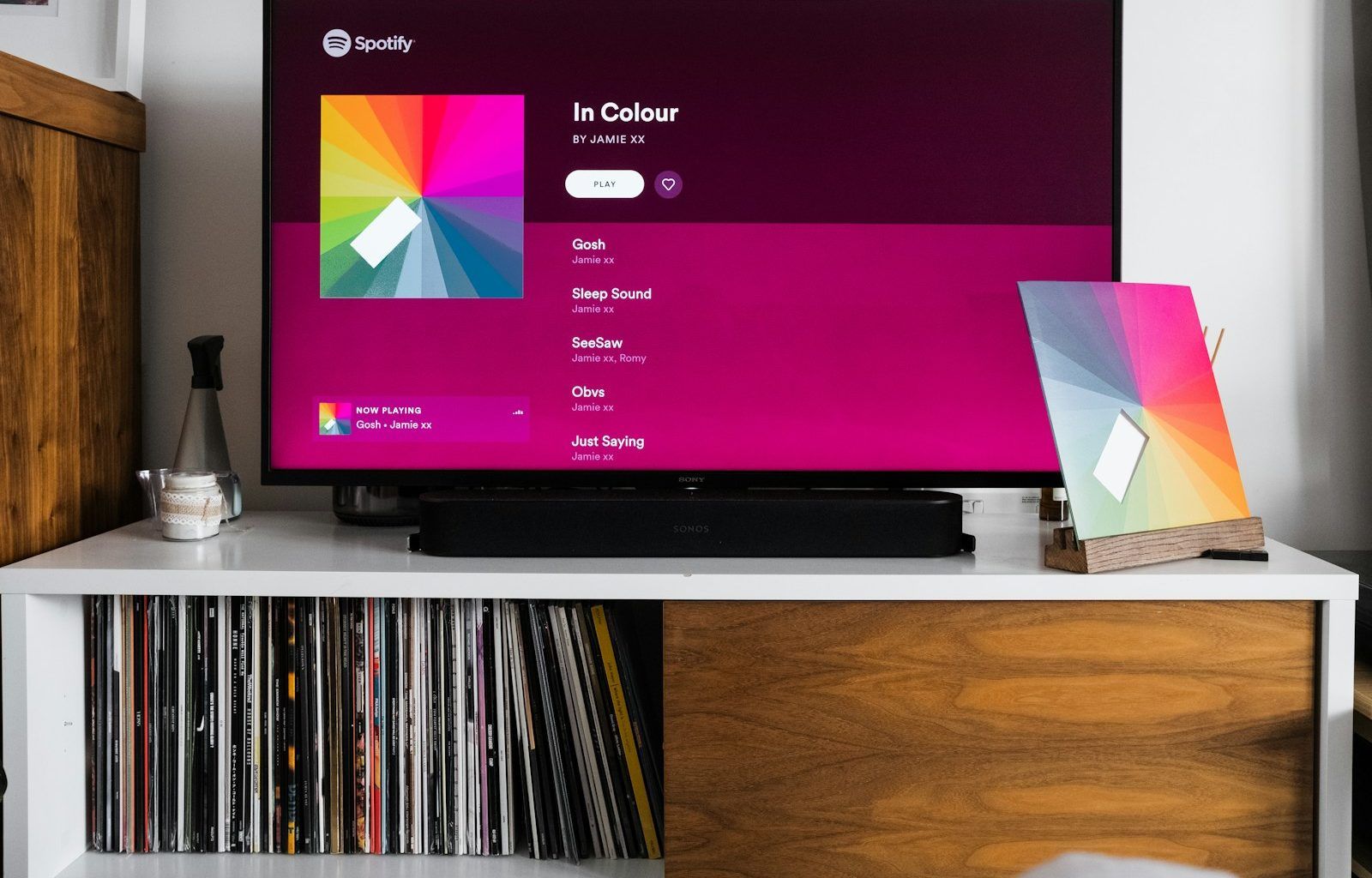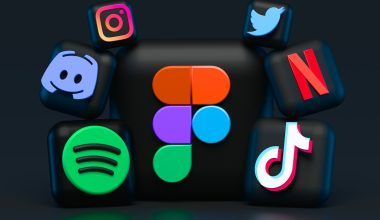Spotify has revolutionized the way we consume music. With millions of songs at our fingertips, it’s easy to enjoy our favorite artists without a second thought. But have you ever wondered how much artists actually earn when you stream their songs? The topic of Spotify royalties per stream often sparks heated debates, and it’s worth exploring how it all works.
Understanding Spotify’s Streaming Model
Spotify’s payment model isn’t as straightforward as some might think. It doesn’t pay artists a fixed amount per stream. Instead, royalties are calculated based on a variety of factors, making it a bit of a maze to navigate. In simple terms, Spotify collects money from subscriptions and ads, pools it together, and then distributes it based on the number of streams and other criteria.
For example, if you have a Spotify Premium subscription, part of your monthly fee goes into this pool. The more a song gets played, the higher its share of the pool. However, the amount per stream varies and is influenced by licensing agreements, location, and the type of account being used to stream the music.
How Much Do Artists Make Per Stream?
The average payout per stream on Spotify is roughly $0.003 to $0.005. That means an artist needs thousands, if not millions, of streams to earn a significant income. For instance, if an artist’s song gets 1,000 streams, they might earn between $3 and $5. While this doesn’t sound like much, it can add up for artists with large followings or multiple popular tracks.
It’s also important to note that this payment doesn’t go directly to the artist. The money is first paid to rights holders, which include record labels, producers, and publishers. Artists then receive their share based on their agreements with these entities.
Factors That Influence Spotify Royalties Per Stream
Several factors influence how much an artist earns per stream on Spotify. Here are some key considerations:
- Type of Account: Spotify Premium users generate more revenue per stream compared to free-tier users who rely on ad-supported listening.
- Location: The payout rate can vary by country due to differences in subscription fees and ad revenue.
- Licensing Agreements: The terms negotiated between Spotify and record labels or distributors can impact the share of royalties.
Why Do Royalties Vary So Much?
The variation in Spotify royalties per stream often confuses listeners. For example, an artist might earn $0.004 per stream in one region and $0.002 in another. This disparity happens because Spotify’s revenue comes from both ads and subscriptions, which differ widely across countries.
Let’s take an example: A listener in the United States pays about $10 per month for Spotify Premium, while a listener in a country with lower subscription rates might pay $3. These differences directly affect how much revenue Spotify generates and how much is available for royalties.
How Can Artists Increase Their Earnings?
Artists looking to boost their income from Spotify need to focus on a few strategies:
- Grow Their Listener Base: More streams mean a larger share of the royalty pool. Engaging fans on social media and releasing new music regularly can help maintain momentum.
- Focus on High-Engagement Playlists: Getting featured on popular playlists can significantly increase an artist’s exposure and stream count.
- Negotiate Better Deals: Artists with leverage can negotiate better splits with their labels or opt for independent distribution to retain a larger share of royalties.
Independent Artists and Spotify
Independent artists have a unique relationship with Spotify. With tools like Spotify for Artists and platforms like DistroKid or CD Baby, it’s easier than ever for indie musicians to distribute their music and track their performance.
However, independent artists often bear the full brunt of Spotify’s low per-stream payouts. Without the backing of a major label, they must rely heavily on growing their audience organically. Still, Spotify provides valuable data insights that can help artists understand their listeners and tailor their strategies accordingly.
The Debate Around Spotify Royalties
Spotify’s royalty system has faced criticism over the years. Many argue that the payouts are too low, especially for smaller or independent artists. Campaigns like #JusticeAtSpotify have called for fairer compensation and more transparency in the streaming industry.
On the flip side, Spotify contends that its model benefits artists by offering global exposure. They highlight that many artists who might not have reached an international audience through traditional methods are now gaining millions of streams.
How Does Spotify Compare to Other Platforms?
When comparing Spotify to other streaming platforms, the payouts can vary significantly. Here’s a quick look at how Spotify stacks up:
- Apple Music: Pays slightly more per stream, averaging around $0.01.
- Tidal: Known for higher payouts, Tidal offers roughly $0.0125 per stream.
- YouTube Music: On the lower end, with payouts averaging $0.001 to $0.002 per stream.
While Spotify’s per-stream payout isn’t the highest, its massive user base often makes it the most lucrative platform for artists.
The Bigger Picture: Is Streaming Sustainable for Artists?
Streaming has undoubtedly transformed the music industry, but it’s not without its challenges. For many artists, especially those just starting out, Spotify royalties per stream alone aren’t enough to make a living. That’s why many musicians diversify their income through merchandise, live performances, and crowdfunding platforms.
It’s also worth noting that the music industry as a whole has shifted. While streaming platforms have opened doors for artists to reach global audiences, they’ve also created a competitive landscape where standing out is harder than ever.
Final Thoughts: What Does the Future Hold?
Spotify royalties per stream will likely continue to evolve as the music industry adapts to new technologies and listener habits. While the current system has its flaws, it also offers opportunities for artists willing to adapt and innovate. Whether you’re an artist, a fan, or just someone curious about how streaming works, understanding these dynamics helps shed light on the value of music in today’s digital age.
So the next time you hit play on your favorite Spotify playlist, remember the intricate system behind every stream. It’s a complex web, but one that continues to shape the future of music.
For further reading, explore these related articles:
- Circles Post Malone Lyrics – A Song About Love, Loss, and Life
- Billie Eilish’s Big Moment at the Oscars 2022: A Night to Remember
For additional resources on music marketing and distribution, visit DMT Records Pvt. Ltd..






